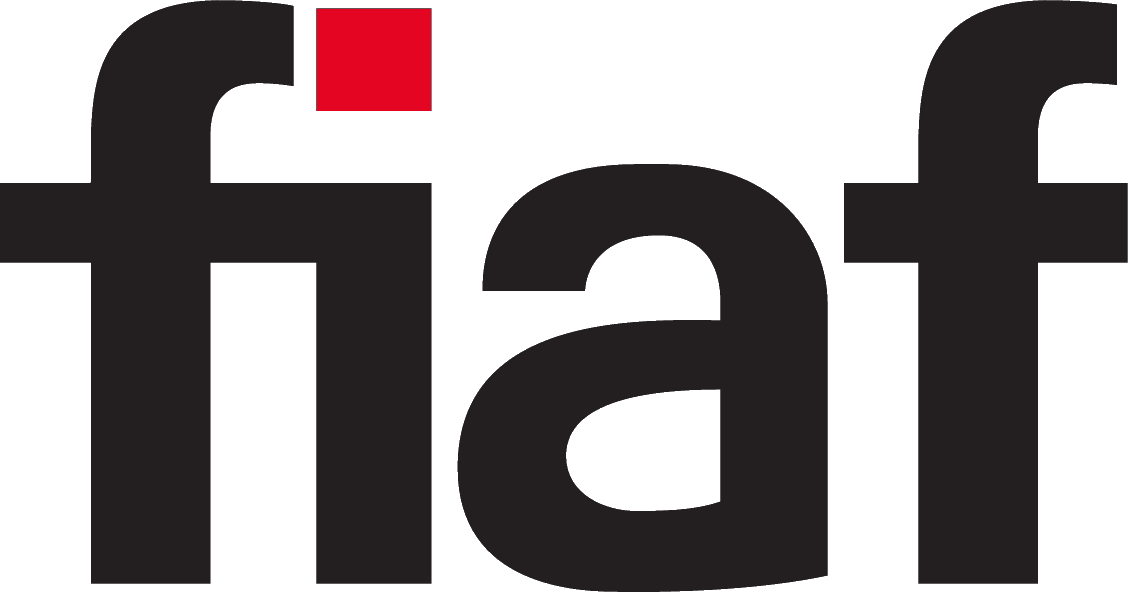2022 Budapest Symposium
Session 7 : “The mirror shows itself” – Identification, research and restoration
Budapest, 26 April 2022
Moderator : Janka Barkóczi, Researcher, Archivist (National Film Institute – Film Archive, Budapest)
Please do not publish or re-use in any way any of these documents without prior permission of the speakers.
The Story of a Newsreel and Short Film Collection
Jon Wengström, Senior Curator (The Swedish Film Institute, Stockholm, Sweden)
In 1964, production and distribution company Svensk Filmindustri sold a collection of short non-fiction films on nitrate stock to Sveriges Radio, Sweden’s public broadcasting corporation. The collection included more than 5,000 reels, and the main item was the weekly newsreels of Svensk Filmindustri and its predecessor Svenska Biografteatern dating back to the mid 1910’s. Sveriges Radio duplicated all the elements onto 35mm safety stock in the 1960’s and 70’s and meticulously catalogued the content. The collection was used as a stock footage library and was re-edited, and newsreels were mixed with individual shorts. The Swedish Film Institute was offered the collection in the mid-1990’s but could not accept the deposit due to the absence of proper nitrate storage facilities at the time. In a rescue operation, the reels were shipped to Italy in the late 1990’s, and later to the US in the early 2000’s. The collection was repatriated to Sweden and the Swedish Film Institute in 2007. Since then, some of the items have been re-restored both photochemically and digitally with much better result than before, but much remains to be done, not least in terms of bringing order in the catalogue and clarifying the copyright situation.

Research, reconstruction, presentation of the earliest Hungarian newsreels
Galina Torma, Lead Researcher (National Film Institute Hungary – Film Archive, Budapest)
Research and reconstruction of the earliest film footage and newsreels of Hungary began in 2016 in connection with an exhibition. Researchers of the Hungarian National Museum and Film Archive made an analytical version of a documentary about the coronation of King Charles IV (1916) on the centenary of the event. The version was successfully reconstructed from takes of prints deriving from different sources. This experiment gave the Film Archive the idea, in 2018, of researching the background to the 1918-19 newsreels, the first relatively intact season in the history of Hungarian newsreels, and presenting to the general public what happened exactly 100 years earlier. In the meantime, ten reels of original camera negatives turned up in our own nitro-film storage depot, which after digitization proved to be in large part the missing shots of this newsreel season it was assumed had been lost. From this moment, it was possible to consider a complete reconstruction of this newsreel season comprising several series. While this was going on, research was expanded to cover the earliest surviving film footage taken in Hungary by the Lumière company and the earliest ‘regular’ Hungarian newsreel series, Kino-Riport appearing from 1913. Since we hold very little film material from this early period, and specifically from the latter series, in our archives, following in-depth background research we launched the project ‘Most Wanted - Non Fiction’ with the aim of locating these film reports, mostly known only by their titles, which we thought might be languishing, unidentified, in collections abroad. My presentation examines what chances we have of expanding and reconstructing to the greatest possible extent the collection of Hungarian documentaries from the earliest period, furthermore, what opportunities are at our disposal to make this material more widely known and increase its popularity.

More Than Meets the Eye: Confronting the challenge of restoring non-feature length films
Matthew Yang, Archive Officer, Asian Film Archive, Singapore
In assessing possible film titles for restoration, short films usually do not come up for evaluation. Rare as it might be, there are still occasions when short films have been selected to be restored. However, the process has revealed dilemmas and challenges that are unique from the practice of feature film restorations. Focusing on the experimental-narrative short films of Rajendra Gour, one of Singapore’s earliest known filmmaker-to-date to have works featured at international film festivals, this presentation will assess the questions that arose during the restoration process of this short form. Using in particular a recently discovered title EYES, challenges like knowledge gaps, the lack of documentation and the experimental nature of the filmmaking added to the challenges when embarking on its restoration. The definition and the best practice that had to be adopted and adapted tested our intellection as archivists on restoration ethics and practices.

Restoring the Unconventional – Challenges in the Restoration of Experimental Film
Julia Wallmüller, Film Restorer (Deutsche Kinemathek, Berlin, Germany)
What is experimental about this film? Only its images? Or the complexity of its materials, its production conditions and ultimately its digitisation and restoration?
Experimental films pose a challenge for film restorers on several levels. Original film elements are likely to be in critical condition due to their unconventional production and duplication history. Films tend to exist in different versions as a result of repeated, undocumented revisions. Prints raise more questions than they give answers when we search for the original look of a film, and often are useless as a reference for the digital colour grading process. And then – the filmmakers may come in! After their initial scepticism of transferring their analogue works into the digital domain, they quickly grasp the seemingly endless possibilities of this new technology. Thus, in restoration projects, archival practices sometimes collide with the wishes and ideas of the creators who suddenly see their works in a whole new light. Frame by frame, in digital projection, open to all options. Restorers – be prepared!






